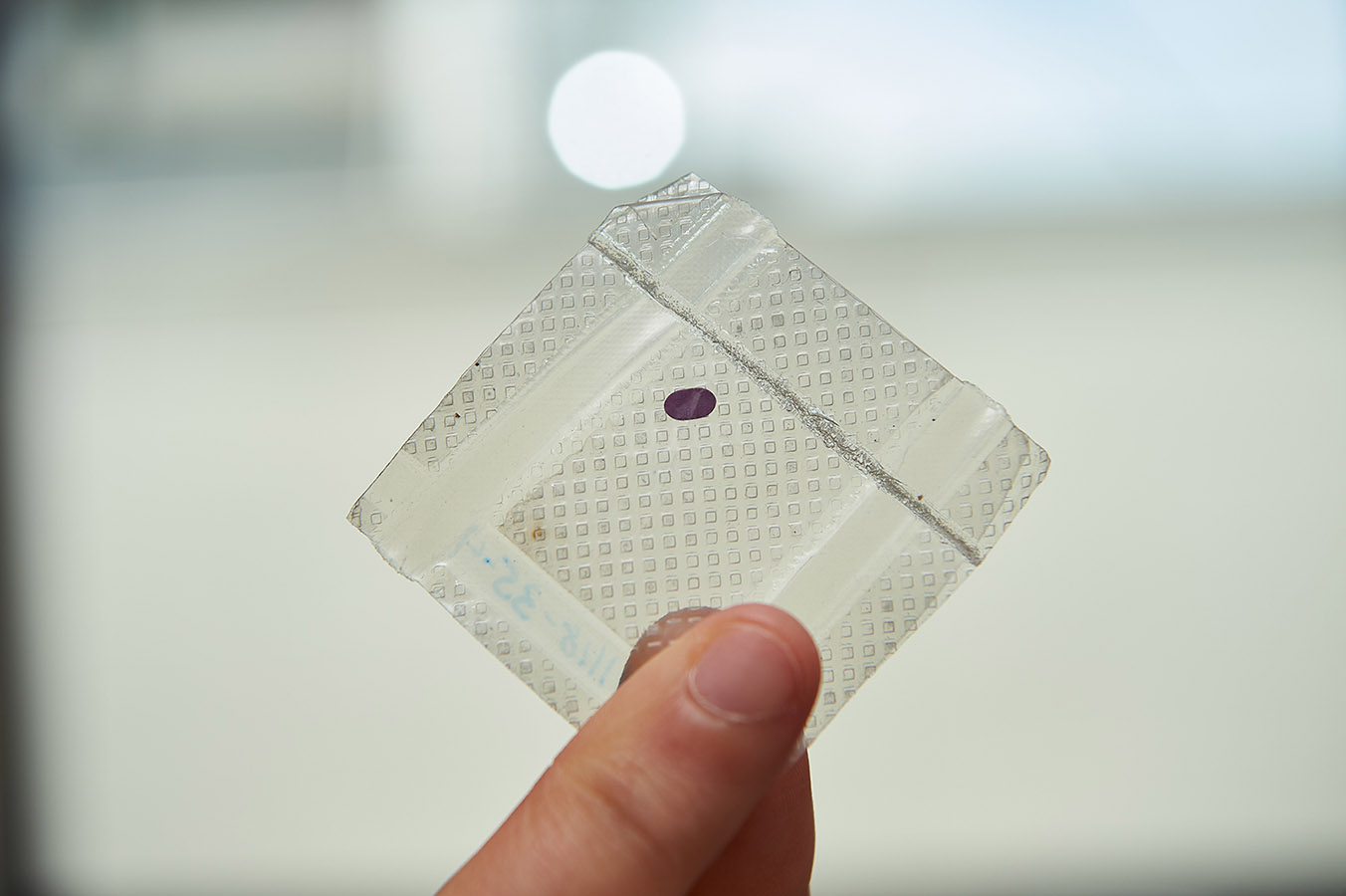Stay Up to Date
Submit your email address to receive the latest industry and Aerospace America news.
The Space Settlement Technical Committee promotes the identification and development of advanced concepts, science, and technology that will support, enhance and enable permanent human presence in space.
Space settlement requires developing several seemingly disconnected technologies that will eventually be synergistic. This year, these efforts and technologies took a step forward.
The first two missions under NASA’s Commercial Lunar Payload Services program began. In February, an Intuitive Machines Nova-C lander touched down near the moon’s south pole, though it tipped over shortly after. The lander carried a few settlement-related experiments, including cloth from Columbia Sportswear of Oregon that could be used for heat-rejection covers, the Stereo Cameras for Lunar Plume-Surface Studies experiment, with which researchers aim to determine the effects that the plume created by a descending lander would have on nearby settlements. In January, Astrobotic’s Peregrine lander was launched, but an onboard helium leak overpressurized the oxygen tank, preventing the lander from reaching the lunar surface. Also in January, JAXA, the Japan Aerospace Exploration Agency, landed its Smart Lander for Investigating Moon, which included precision landing technology and two rovers to collect data. All three attempts could help refine plans for delivery missions to future lunar settlements.
Space settlements will need to be constructed before they can be inhabited, and in March, ICON of Texas unveiled a robot that can print full-scale buildings on Earth. The robot could be adapted to use in situ materials to 3D-print buildings on Mars or the moon under NASA’s Project Olympus.
Getting goods back to Earth cheaply from space will be critical for future space settlements, especially in-space factories that could manufacture electronics, pharmaceuticals or human replacement tissues. In June, China’s Chang’e-6 capsule returned 4 kilograms of drilled and scooped regolith from the lunar far side. As of January, LambdaVision of Connecticut had returned its 10th retina manufactured aboard the International Space Station. That month, the NG-20 Cygnus spacecraft launched ISS carrying Lambda’s latest protein-based materials for retina construction. Microgravity enables tissue engineering far better than on Earth.
In June, the U.S. Space Force awarded a contract to General Atomics of San Diego for the Enterprise Space Terminal project to establish a mesh-based laser communications network beyond low-Earth orbit. One day, this network could provide bandwidth for orbital factories and orbiting settlements.
Powering these settlements and propelling spacecraft to and from them will likely require nuclear power as one power source. In July, Lockheed Martin described one vision for a water-based, nuclear-powered settlement in a novella, “A Vision for Humanity’s Future in Space.” Additionally, workshops hosted by the American Nuclear Society and NASA explored how nuclear power could be used in space. The ANS Nuclear and Emerging Technologies for Space workshops in May covered fission power for lunar and Martian bases, power for electric space propulsion, and nuclear thermal propulsion. The NASA Fission Instrumentation and Controls Workshop in August covered similar topics — a fission surface power system and space nuclear propulsion technologies. In both gatherings, nuclear was shown to have promise for transportation to and from settlements and keeping the lights on at bases and factories. In September, it was reported that Russia, China and India have agreed to research nuclear reactors on the moon to power future lunar bases.
These efforts are the pieces that will help fill the puzzle that allows humans to permanently live in space.
Stay Up to Date
Submit your email address to receive the latest industry and Aerospace America news.




